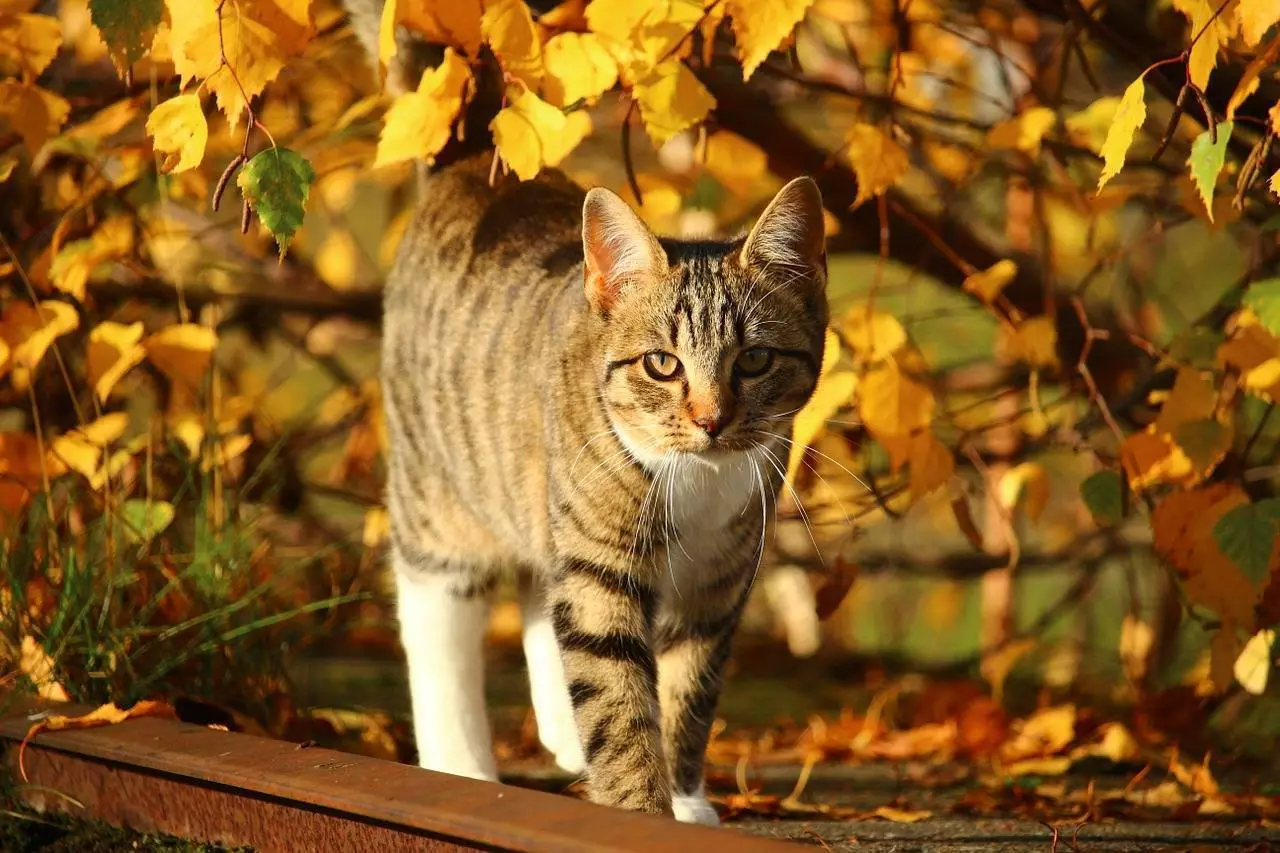As summer wanes and the crisp air of autumn begins to permeate, many pet owners find themselves eager to share nature’s vibrant display of changing leaves with their furry companions. While this transition can be a wonderful experience marked by colorful foliage and pleasant walks, it also ushers in seasonal dangers that pet owners must be vigilant about. Understanding the environment around you, particularly the plants that may pose a risk to your pets, is crucial to ensure their safety during this lovely time of year.
Autumn introduces a variety of plants that, while beautiful, can be hazardous to pets. It’s essential to familiarize yourself with these dangerous flora. Many beloved parks and gardens host acorns, yew trees, horse chestnuts, and autumn crocuses—all of which are known to be toxic to pets.
Acorns, for instance, contain tannic acid, which can lead to gastrointestinal upset in pets, resulting in symptoms such as vomiting and diarrhea. The danger escalates with unripe, green acorns that harbor even higher levels of tannins. There exists the risk of long-term damage to vital organs like the liver and kidneys, should a pet consume a significant number of these nuts.
Yew trees are another critical concern. Every part of this tree, including its striking red berries, holds toxic properties. Ingesting even a small amount of yew can have severe consequences for pets, potentially leading to a rapid decline in health. This particular plant is often found in public spaces such as churchyards, making awareness paramount.
Horse chestnut trees also contribute to the seasonal risks. All sections of this tree—the bark, leaves, blossoms, and the conkers themselves—contain a toxic compound called aesculin. In addition to toxicity, conkers can pose choking hazards, highlighting the need for close supervision when pets explore outdoor areas where these trees are present.
Autumn crocuses, often mistaken for their spring counterparts, are another plant to watch out for. All parts of this flower are exceedingly toxic, with symptoms ranging from violent gastrointestinal issues to severe organ failure. If a pet is suspected of ingesting even a small portion of an autumn crocus, immediate veterinary assistance is crucial.
As you take your pet on those delightful autumn walks, maintaining vigilance is of utmost importance. Pet owners must be proactive, particularly if they know their pets have a tendency to explore or scavenge. Creating safe walking routes that are devoid of known toxic plants can significantly reduce risk. Familiarizing yourself with local flora allows for informed decision-making during outdoor excursions.
For those pets who are prone to picking up and eating foreign objects, a basket muzzle can be an effective preventative measure. While it may seem judgmental to the pet, a muzzle offers safety without hindering their ability to enjoy the fresh air and scenery. Training pets to wear a muzzle comfortably can make a significant difference in their safety during walks.
Moreover, indicators such as vomiting, excessive drooling, lethargy, and abnormal breathing patterns following an outdoor adventure may signify that your pet has encountered something toxic. In such cases, you should not hesitate to consult a veterinarian, even if your pet appears asymptomatic. Prompt action can be a critical factor in ensuring their health and well-being.
The transition into autumn is an enchanting time that brings with it natural beauty and outdoor enjoyment. However, it is crucial for pet owners to remain informed and prepared to adequately safeguard their furry friends from the hidden dangers posed by seasonal plants. Not only does awareness of toxic flora enhance the safety of your pets, but it also mitigates the need for emergency veterinary visits, creating a worry-free environment for both you and your animals.
For further guidance on how to keep your beloved pet safe this autumn, resources such as veterinary clinics and animal welfare organizations provide valuable information. By prioritizing knowledge and vigilance, pet owners can ensure that their companions enjoy all the benefits of the season without facing unnecessary risks. In doing so, you can turn this time of vibrant change into an enjoyable and risk-free experience for both you and your pets.


Leave a Reply